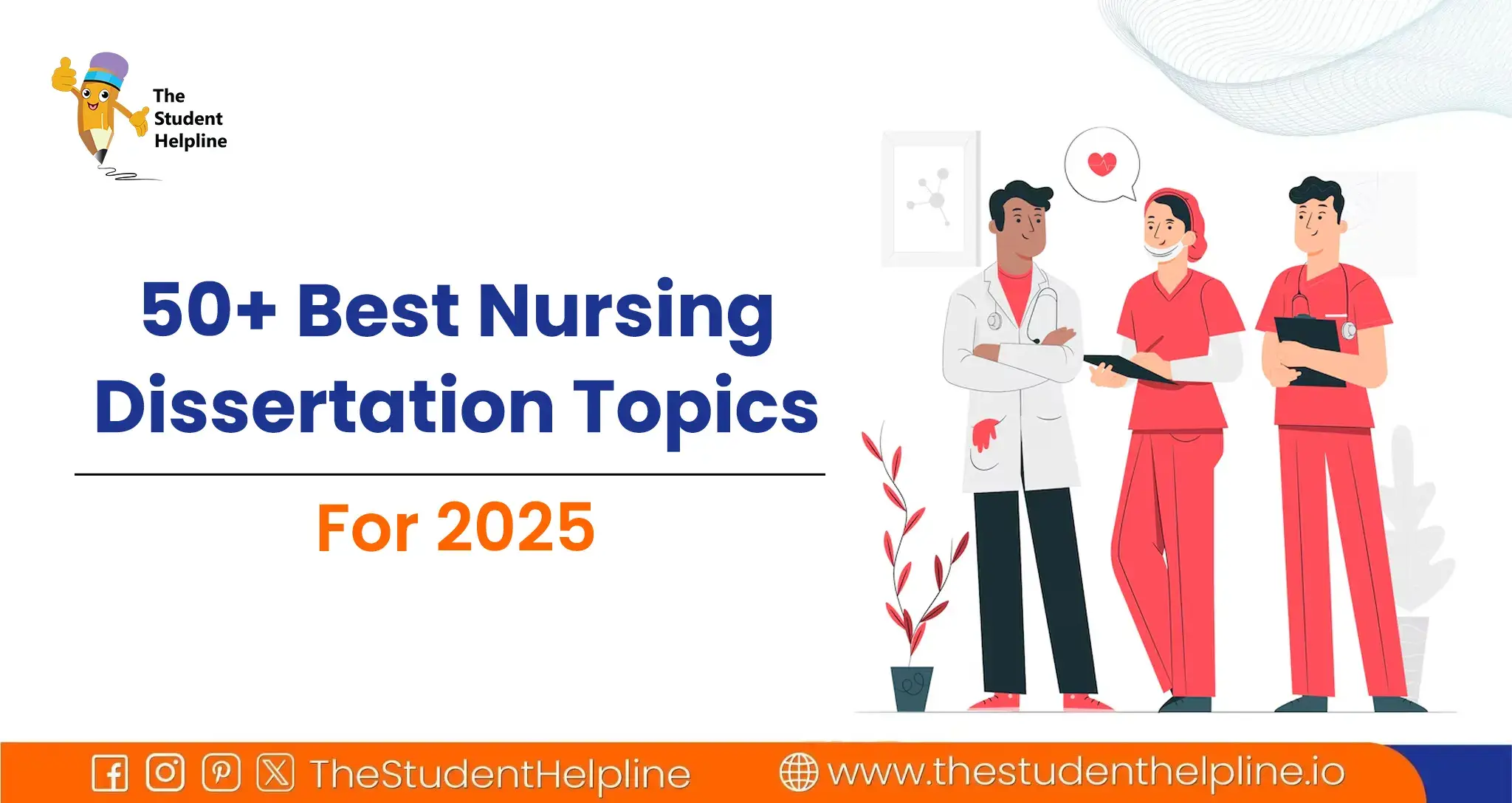GD107 Global Sustainable Development Question:
What is Global Sustainable Development? Explain.
Answer:
Introduction
Hello and very good morning to everyone. Todays presentation focuses on providing recommendations for improving sustainability practices of the Seeds and Snout catering company. The recommendations will be provided considering the Triple Bottom Line approach that focuses on social, economic, and environmental impacts of the operations of an organization.
This presentation will provide a brief overview of the company and its operations. This will be followed by a comparative analysis of the food wastage audit data of Seeds and Snouts and their key competitors in the catering industry. After the comparative analysis, recommendations will be provided to improve the financial and environmental sustainability of Seeds and Snouts. A proper action plan for the recommendations will be talked about and in the end, a summary of the key findings and recommendations will be discussed.
Company Overview
Seeds and Snout are a catering company that has been operating in Waterloo, Ontario, Canada for the past 14 years.
Their business mix consists of catering corporate events and weddings. Currently, Seeds and Snouts has only 1 business client The Sigma Group that gives regular catering orders to Seeds and Snouts.
Currently, the following problems in the operations of Seeds and Snouts have been identified:
- Food Wastage on a large scale
- High Food Cost Ratio
- Limited Clientele
Data Analysis
By analyzing the Food Waste Audit data of Seeds and Snout in June and July it can be said that the majority of the food wastage occurred due to the Buffet leftovers both in the corporate event catering and the wedding caterings. This wastage can be attributed to the less turnout of people and over-ordering by the clients.
By comparing the Food Waste Audit data of Seeds and Snout and the other catering companies a similar trend has been noted. The data of all the five catering companies reflect that the maximum percentage of food wastage is due to Buffet Leftovers. According to Synani, Abeliotis, and Lasaridi (2021), food wastage due to buffet leftovers occurs because the catering companies and the hotels overstock their buffets to ensure greater customer satisfaction.
Another reason for food wastage, as pointed out by the chef of Seeds and Snout, is the mandatory compliance of catering hospitality standards. To comply with the catering hospitality standards, 10% of the food is overproduced which causes food wastage most of the time.
Another issue that has been noted in the company is the High Food Cost ratio. This high food cost ratio is due to the high food wastage, that is, the preparation waste and the limited clientele of the company. According to Thamagasorn and Pharino (2019), food wastage in catering services among others is one of the main factors that increases the food cost ratio of the catering services.
Recommendations
1. Increase the Clientele:
After analyzing the financial health of the company, it has been noted that the Seeds and Snout catering company is afloat International Business Management because they have a fixed client, that is, The Sigma Group. Without the orders from Sigma Group, the company can go into huge losses. Therefore, it is recommended that the company works on increasing its client base. With this they will not remain dependent on one client and in the future can have better bargaining power with the Sigma Group in terms of negotiation and pricing. Additional revenue will also help the company to diversify its operations in the long run.
To implement this recommendation, the company will have to start marketing campaigns offline. The company can begin with hosting tasting events for wedding clients and provide special offers and concessions for corporate clients. This will help in building strong public relations for the company. The return on investment is expected to be high. The marketing campaign will run for a month and after one month its progress will be measured in terms of the new clients secured. Appropriate changes will be made if needed. If not, then the campaign will continue for 2 more months before measuring its performance.
2. Reduce Food Wastage
As seen in the previous slides, a major chunk of the food wastage for the company occurs due to buffet leftovers and preparation waste. For this, it is recommended that the company holds a meeting with the Sigma Group and discuss the food wastage concern. If the leftover food cannot be eaten by the Seeds and Snout employees then it is recommended that as a part of its corporate social responsibility, the Sigma Group works for donating the food to some charitable organization that works for underprivileged people. This will not only help in minimizing the food wastage but will also build the brand image for both the Seeds and Snout Catering services and the Sigma Groups.
Along with this, there is a need for the Sigma Group to revise its ordering. They should work on their demand forecasting. Food leftovers have been an issue for a long time which means that the Sigma Groups orders more than it requires. Therefore, revising the order quantity on the part of the Sigma Group is suggested. In the long run, this will result in lesser food wastage and improving the food cost ratio for the Seeds and Snout.
According to Fink, Roehl, and Strassner (2016), preparation waste can be reduced by creatively using some items such as bones and vegetable peels for making stalks. Similarly, creative usage of food items can help in reducing the preparation waste in the kitchen.
To implement this recommendation, a meeting with the Sigma Group manager needs to be organized. This is a no-cost recommendation and it is believed that the returns for implementing this recommendation will be high. The benefit-cost ratio for this is also high. The progress will be measured in the next catering event of the Sigma Group in terms of the buffet left over. The analysis of the progress will also be shared with the managers of the Sigma Group so that they feel valued and realize the importance of their decision.
3. Revise the Menu
Two options are available while revising the menu. Either the company can increase its prices or it can reduce the portion sizes. When talking about Seeds and Snout it is recommended that the company works on reducing its portion size. If the company increases its menu price, then it can stand to lose its competitive advantage. Therefore, reducing the portion size will not only reduce food wastage but also decrease the food cost ratio in the long run. Doing so will also help in reducing plate waste which is the second major component of food waste. According to research conducted by Oliveira, de Moura, and Cunha (2016), it has been noted that customers leave food on the plate due to large portion sizes. Thus, reducing the portion sizes will help in improving the food cost ratio for the company in the long run which will subsequently improve the financial health of the company. To implement this recommendation a thorough survey of the taste, preferences and the expectation of the consumers will be conducted. After this, the survey responses will be analyzed and the portion sizes will be adjusted accordingly.
Implementing the above-discussed recommendation will lead to the following tangible achievements:
- Increased Revenue and
- Reduced Food Wastage
- The Intangible Achievements will include Sustainability, Environmental protection, Improved brand image, and Greater customer satisfaction.
- Therefore, the recommendations fulfill the three key components of the Triple Bottom Line Approach, that is, environmental, economic, and social.
Conclusion:
Drawing from the discussion it can be concluded that the Seeds and Snout Catering services must work on improving its client base and reducing food wastage. To do this, it is recommended that the company first have a meeting with the Sigma Group and motivate them to work on their demand forecasting and order an adequate amount of food. Along with this, the Sigma Group needs to be encouraged to take accountability for the leftover food in their events and donate the leftover food to underprivileged people. The next step for the company should be to work on their menu and along with this, they should start an extensive offline marketing campaign to increase their client base. All these recommendations ultimately have one goal of minimizing food wastage which will eventually help the company in improving its financial performance in the long run. Donating food can act as a beneficial strategy for improving public relations for both companies. The given recommendations involve no/low cost and are expected to provide high returns in terms of improved financial performance in the next 1 year.
Must Read Also: MANG6278 Global Entrepreneurship
List of Innovation Management Topics for the Student



 Australia
Australia USA
USA United Kingdom
United Kingdom Canada
Canada Malaysia
Malaysia Singapore
Singapore Hong Kong
Hong Kong Qatar
Qatar UAE
UAE Saudi Arabia
Saudi Arabia Kuwait
Kuwait Bahrain
Bahrain Oman
Oman Jordan
Jordan New Zealand
New Zealand Ireland
Ireland











